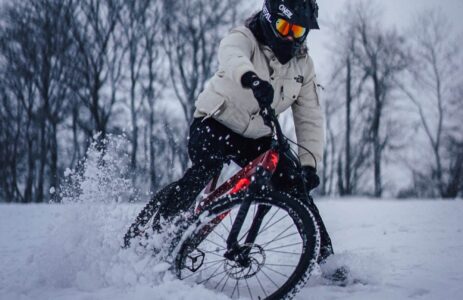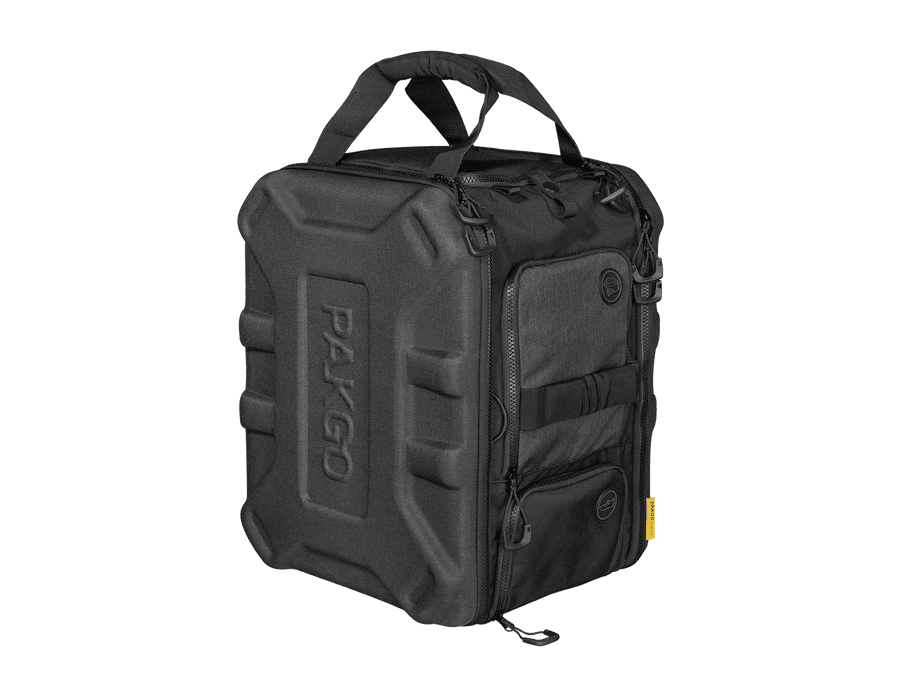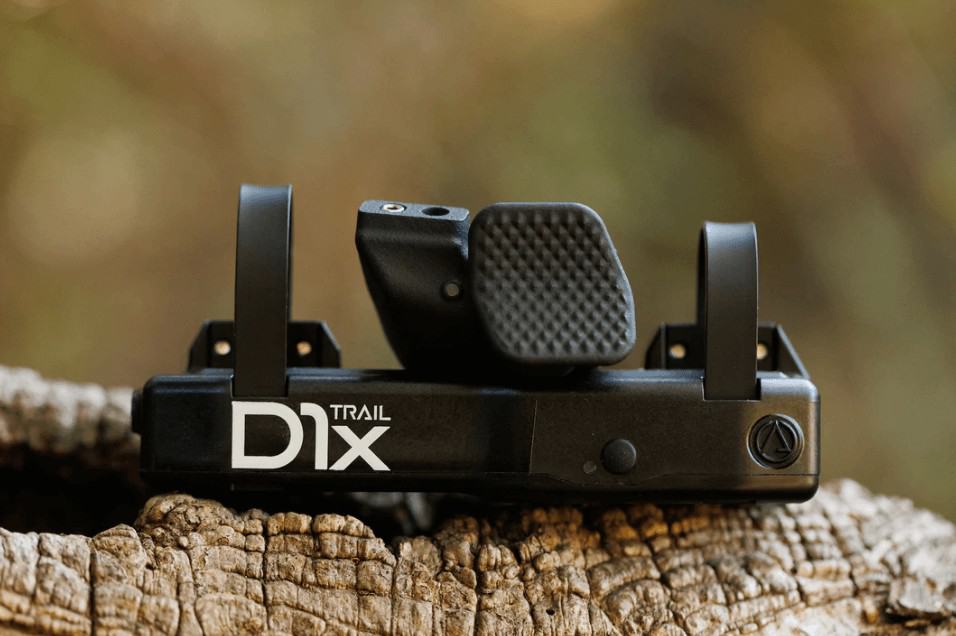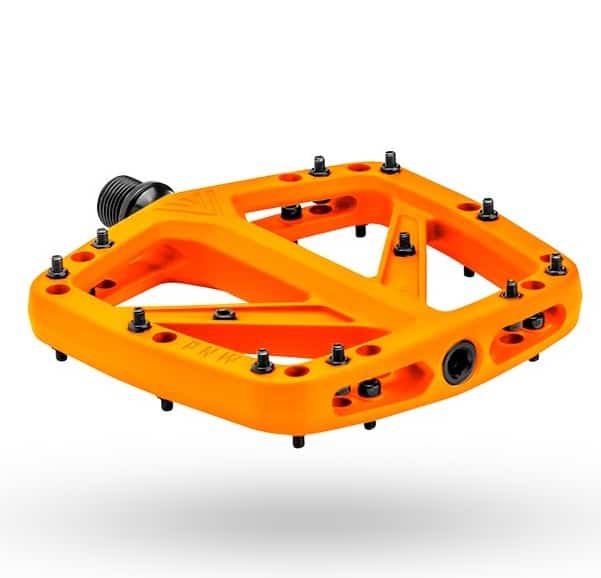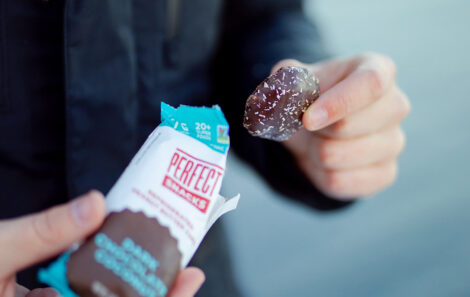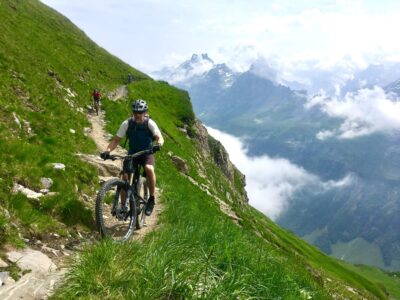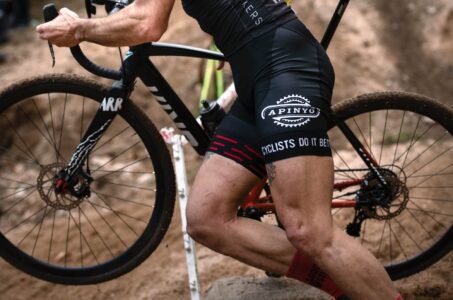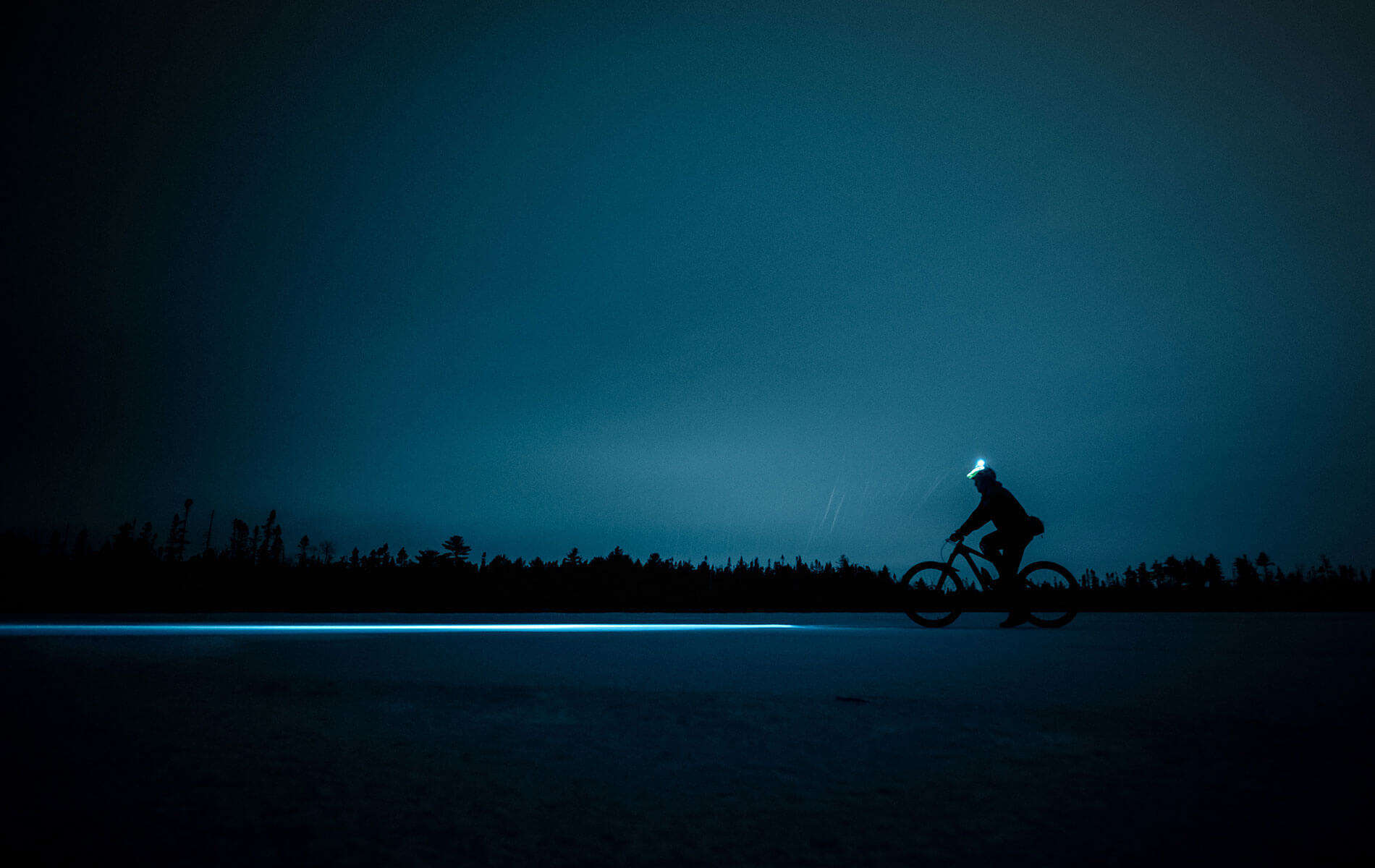
Photo by Tim Foster
Now that Christmas has passed and winter has truly set in, you’re probably hitting the trails for some mountain biking in the dark. I find myself tired of trying to squeeze my riding into the narrow window of light that Mother Nature offers me. Thanks to daylight savings (why are we still doing that again?) I usually have about an hour of twilight to pivot from work and family onto the trail. So if you’re rushing to the trailhead intending to pack in as many miles as possible like me, here are a few tips for riding in the dark.
I don’t care for riding with many lights on my mountain bike and helmet for large chunks of the winter. At some point, I just yearn for the variation and freedom to start a ride later than 4:30 pm. However, riding in the dark offers challenges and adventures, and it takes some adjusting if you are doing it for the first time. The great thing about a good night ride in winter is that it helps jumpstart my training into the new year, acting as a signal that new adventures await and the time for rest and recovery is over.
Let There Be Light
The most obvious part of succeeding in riding in the dark is having a great set of lights. However, this article is not a product review, so I won’t be going over specifics of what lights are best. The key to lighting is to have more than one handlebar and helmet-mounted combo. Sure, these can get pricey, but it is always better to have more than one angle of light available as you move up or down the trail.
The handlebar light is the best place on the bike for a floodlight, while the helmet light is best served as a spotlight as you move your head around to look at specific trail features. I would always climb with the helmet light turned off to preserve battery life. While going up, you are focused on just what’s in front of you instead of the side. Turning is slow enough that you won’t need to highlight a rapid swerve in motion.
Going A Little Slower Isn't A Terrible Idea
The next thing to keep in mind for mountain biking in the dark is that you will probably ride slower than you think, and that’s ok. This phenomenon is specifically true on trails with tight undergrowth to the side. Bike and helmet lights accentuate closer trail features, and you will feel like you are absolutely flying on the trail, especially on the descents. You’re not! You are probably going much slower than normal, and that’s completely fine. Part of the experience is feeling like you’re in Space Mountain, so embrace it! Just don’t expect to break any Strava records at night. If you do, chances are you’re getting fit real quick or sandbagging during the day.
Risky Business
Finally, keep in mind that the risk of riding in the dark isn’t high. But it is significantly higher than during the day, both for your body and your bike. I recommend always taking a phone, a headlamp (in case all your lights just break), and an emergency bivy bag. Nothing is worse than wrecking at night. If you wreck mountain biking in the dark with no form of communication, way to keep you warm, or light to get you back to the trailhead, you are increasing the risks of hypothermia dramatically.
Also, I would avoid riding through any water features on your night ride unless you are in waterproof clothing. The one time I decided to ride through a shallow creek in the dark, I got wet. I thought that my toes were going to snap off for the 10 minutes it took me to get back to my car. After 30 minutes of full blast heat on my feet and the pin needle sensation for almost as long, my toes finally got back to normal. It wasn’t worth it. Ride in the water during the day (and maybe just in the warmer months, actually).
Final Thoughts
Mountain biking in the dark is a great but very different experience than daylight riding. Enjoy the thrills of thinking you are moving at hyperspeed, but stay smart by taking enough lights and riding within your boundaries. The beer tastes just as good in the dark. So make sure you can relish the post-ride beer moment in one warm, solid piece.
Matthew Chisholm
Matt Chisholm is a data analyst and freelance writer who studies the environmental history of the Southern Smoky Mountain region of North Carolina. He was a contributor to Lost in Transition: Removing, Resettling, and Renewing Appalachia and the 2016 edition of the Journal of East Tennessee History, for which he won the 2017 McClung Award. When not writing, Matt enjoys road and mountain biking, hiking, trail running, and drinking beer around Concord, NC where he lives with his wife, daughter, and twin boys.
Get the email for busy mountain bikers.
Discover the best products + gear, and learn about deals from brands you love.
